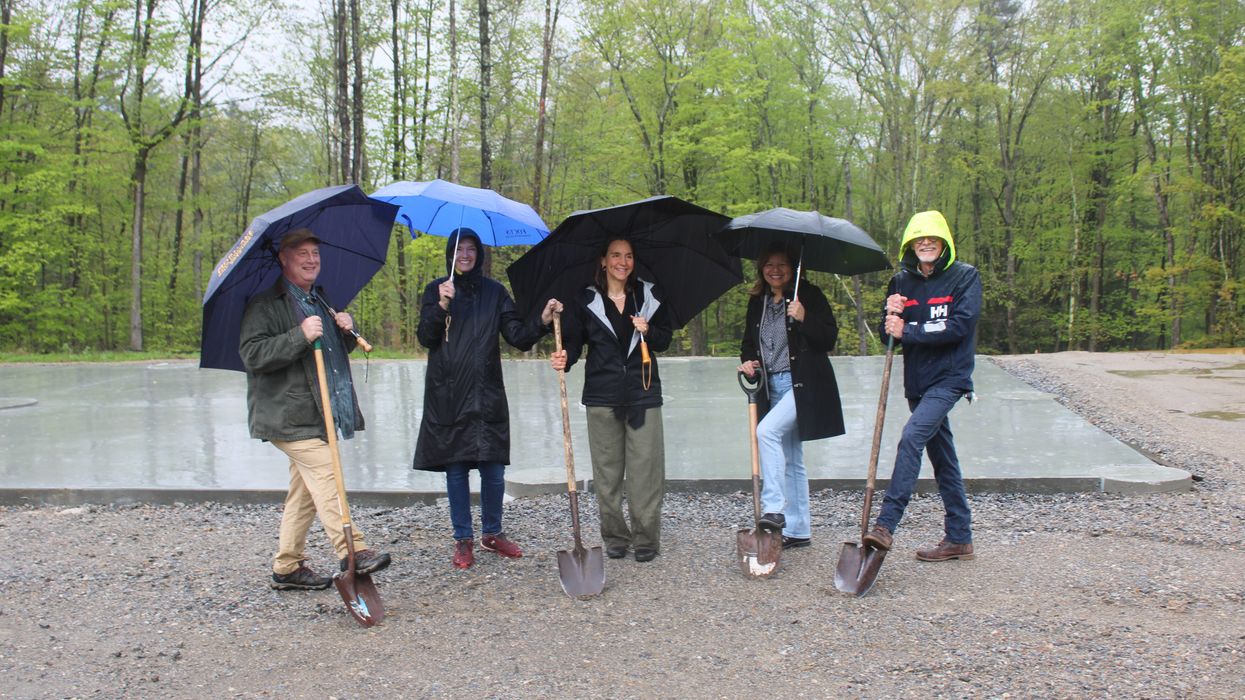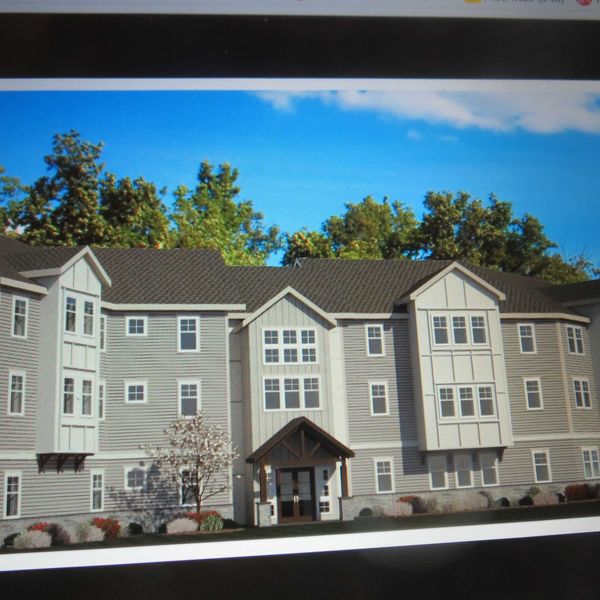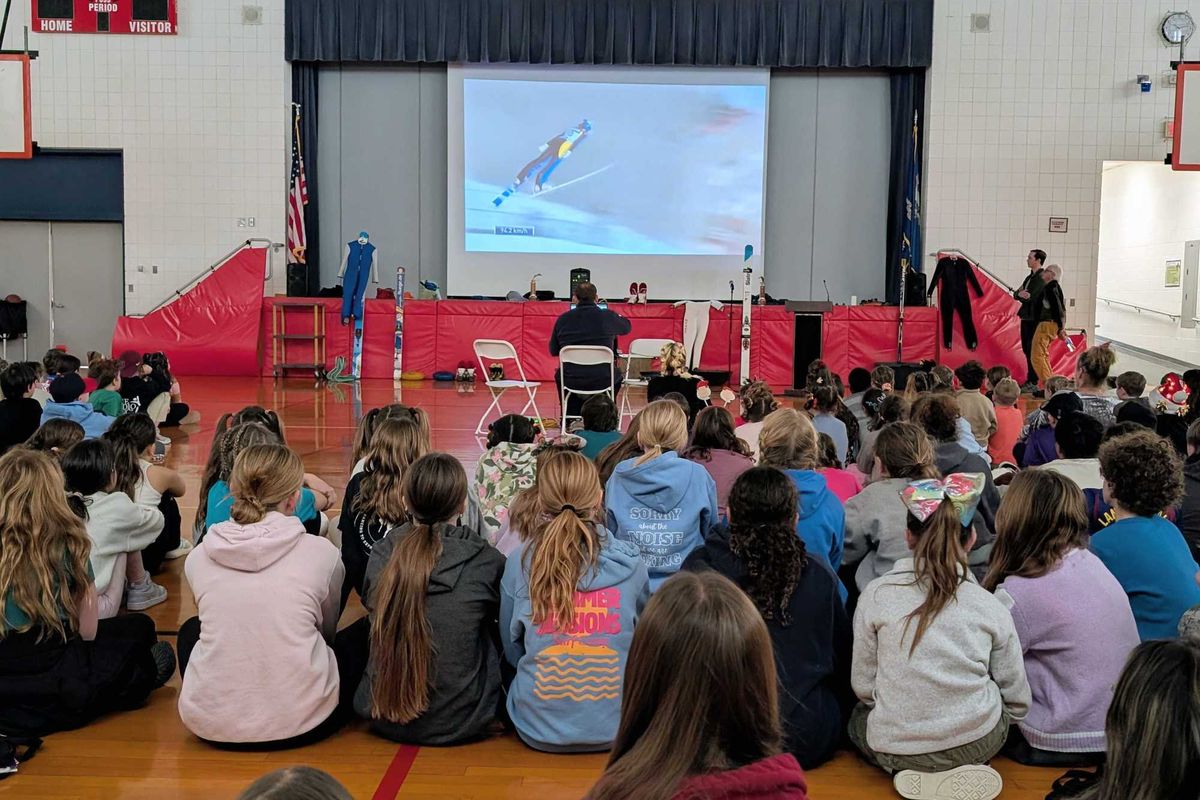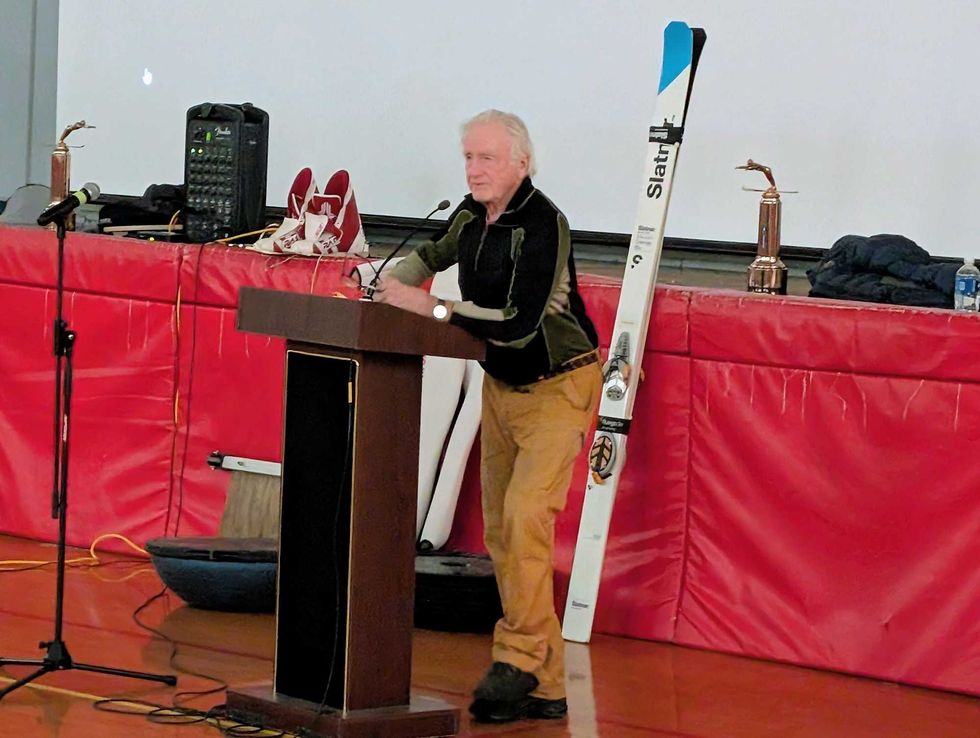Affordable housing development breaks ground in Norfolk

From left: General Contractor David Jones, State Rep. Maria Horn (D-64), Foundation for Norfolk Living Director Kate Briggs Johnson, Connecticut Department of Housing Commissioner Seila Mosquera-Bruno, and Project Architect Paul Selnau attended the groundbreaking May 9.
Alec Linden






 Students at the assembly with Salisbury Winter Sports Association on Dec. 17By Riley Klein
Students at the assembly with Salisbury Winter Sports Association on Dec. 17By Riley Klein  Former U.S. Olympic ski jumping coach Larry Stone, of Salisbury, led the assembly Dec. 17.By Riley Klein
Former U.S. Olympic ski jumping coach Larry Stone, of Salisbury, led the assembly Dec. 17.By Riley Klein 


 The Housy Shack open sign, welcoming customers in for cookies.Anna Gillette
The Housy Shack open sign, welcoming customers in for cookies.Anna Gillette 




